All publications
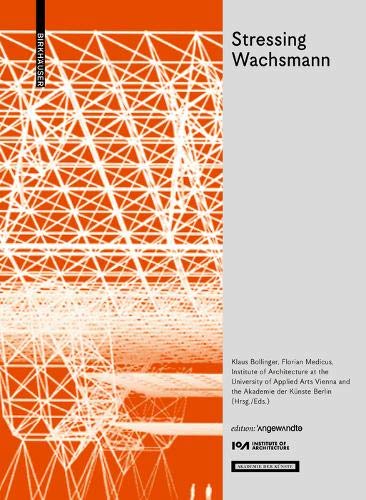
Stressing Wachsmann
Strukturen für eine Zukunft
Structures for a Future
Klaus Bollinger, Florian Medicus, Institute of Architecture at the University of Applied Arts Vienna, Akademie der Künste, Berlin
Birkhäuser Verlag GmbH, Basel 2020
German/English, 384 pp.,
222 ill.
Best.-Nr. 2073
€ 38,95
Architekturdebatte.Stressing Wachsmann attempts to finally give Konrad Wachsmann’s contribution to architectural history the appreciation it deserves. It compares the intellectual and material conditions and circumstances of building then and now, and provides what is both a critical and lively contribution to current architectural debate.

Brecht probt Galilei. 1955/56
Dokumentation und Feature / 3 CDs im Buch mit Leineneinband, 150 Minuten, Regie: Stephan Suschke, speak low, Berlin 2020 ISBN 978-3-940018-96-0 € 24
Brecht’s last rehearsal work Life of Galileo with Ernst Busch was recorded by Hans Bunge. The audio book presents two of a good one hundred hours, selected and commented on by Stephan Suschke, as well as a feature by Joachim Werner and Stephan Suschke that emphasises the rhythmic-sounding appeal of the work. You can listen to live theatre work on a highly topical play.
The edition is published in cooperation with
Federal Agency for Civic Education
Tue, 23 Feb, 7 pm | Audio Book Presentation
>> Brecht rehearses Galilei 1955/56
Audio sample: www.speaklow.de

Journal der Künste 14
Published three times a year (German/English) available free of charge ISSN (Print EN) 2627-2490
The Journal der Künste 14 focusing on the JUNGE AKADEMIE; the carte blanche for Péter Nádas; Mark Lammert on the consequences of the coronavirus; Hubertus von Amelunxen in conversation with Ellen Auerbach Prize winner Ferhat Bouda; Annesley Black, Kerstin Hensel, Elena Zieser and Gesine Bey on ON MY WAY – STORIES FROM EUROPE; Rainer Esser (Die Zeit) in conversation with OSTKREUZ – Agentur der Fotografen on the CONTINENT exhibition. From the archive: theatre director Stephan Suschke on Brecht probt Galilei; and much more.
To order the print edition: info@adk.de
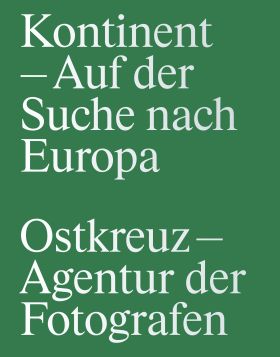
CONTINENT – In Search of Europe
Ingo Taubhorn und OSTKREUZ – Agentur der Fotografen, in Zusammenarbeit mit der Akademie der Künste, Berlin
Hartmann Books, Stuttgart 2020
German/English, 436 pp.,
300 ill.
ISBN 978-3-96070-054-8
Best.-Nr. 6044
€ 39,90
With the title CONTINENT – In Search of Europe, the publication of the same name will be published to accompany the exhibition. As an artistic and political statement, OSTKREUZ – Agentur für Fotografen focuses on presentday Europe and critically examines it in 22 positions. On the occasion of the collective’s thirtieth anniversary, the book invites readers to reflect on Europe in a dynamic and complex way through a variety of perspectives.

Calendar 2021: GDR Posters
Akademie der Künste, Berlin / KV&H Verlag Weingarten, Unterhaching 2020
German, 14 pp., 13 ill.
ISBN 978-3-8400-8007-4
Order no. 1196
out of print
Corn is sausage on a stick! The poster art of the GDR combines snappy slogans with impressive graphic design and a pinch of politics. Twelve original motifs from the 1950s and 1960s from the Akademie der Künste poster collection will accompany you through 2021, promoting wholefood nutrition, compensatory gymnastics, road safety and shopping at HO or Konsum.

urbainable – stadhaltig.
Positions on the European City for the 21st Century
Tim Rieniets, Matthias Sauerbruch,
Jörn Walter
Akademie der Künste, Berlin / ArchiTangle GmbH, Berlin 2020
English, 224 pp., 300 ill.
ISBN 978-3-88331-241-5
Order no. 2075
€ 38
The European city has been an engine of civilisation since its creation. Today, however, fundamental challenges such as climate change mean it is facing changes that cast doubt on the continuity and sustainability of the ethical foundations of urban life. On the basis of projects, visions and manifestos, the members of the Architecture Section and their guests from all over Europe present their positions for a new direction.
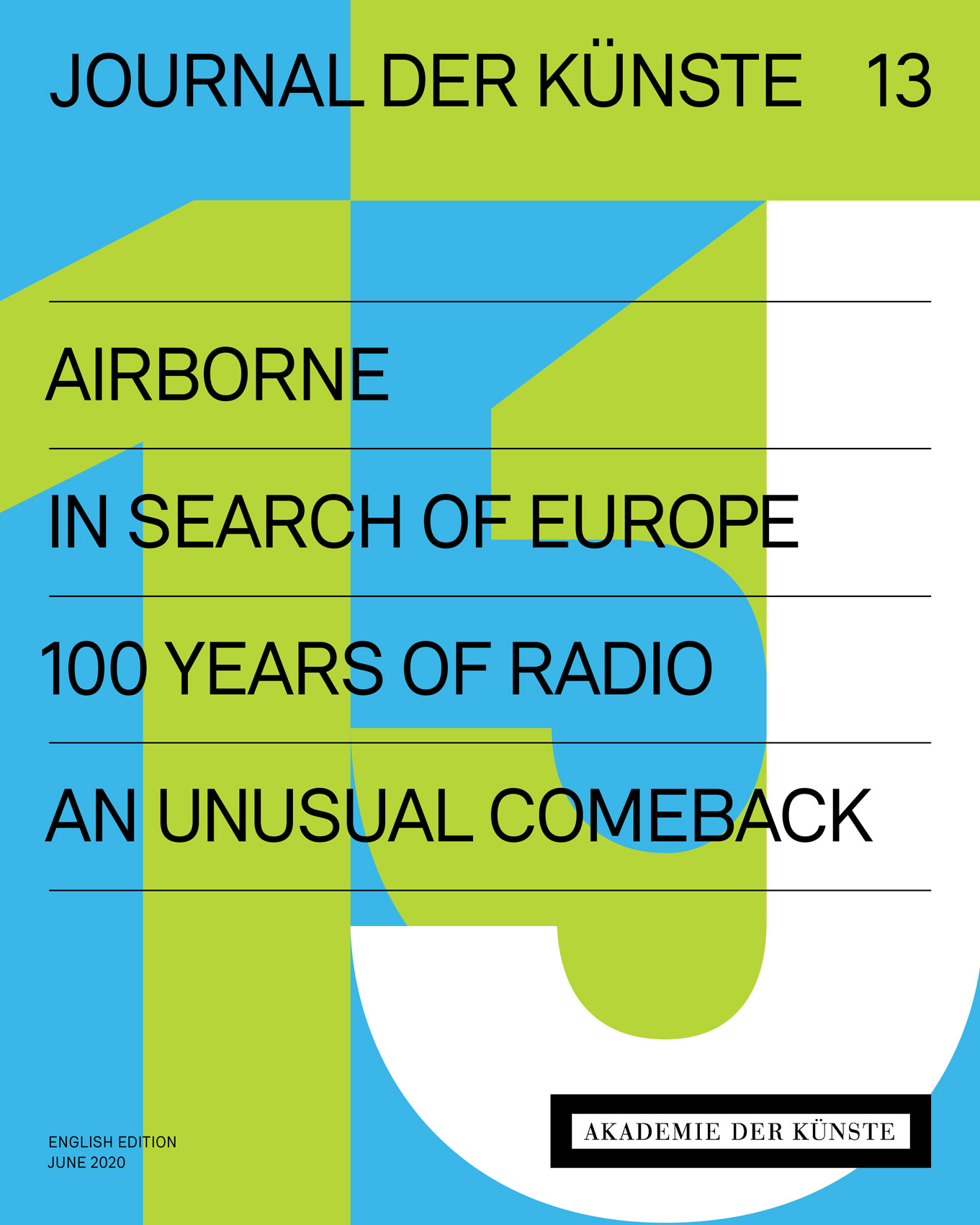
Journal der Künste 13
Published three times a year (German/English) available free of charge ISSN (Print EN) 2627-2490
The Journal der Künste 13 with the following contributions: Wolfgang Kaleck, Eva Horn, A. L. Kennedy, Kathrin Röggla, Anh-Linh Ngo, Adrienne Goehler on criticism and crisis in the time of the pandemic. Oliver Sturm, Paul Plamper and Jochen Meißner with contributions on the 100th anniversary of radio and contemporary radio drama. Photographer Johanna-Maria Fritz in an interview about her work on magic and witches in Romania’s Roma community in the context of the exhibition “Continent – Searching for Europe” (02/10/20 – 10/01/2021). Iranian filmmaker Farhad Delaram on the Iranian film scene, censorship and his own way of approaching and handling it. News from the Archives brings contributions about Max Eitingon and Arnold Zweig, the story of an extraordinary comeback and much more.
To order the print edition: info@adk.de

Ian Strasfogel
Ignace Strasfogel
The Rediscovery of a Musical Wunderkind
Hermann Simon
Hentrich & Hentrich, Leipzig 2020
English, 84 pp.,
16 ill.
ISBN 978-3-95565-415-3
€ 8,90
Born in Warsaw in 1909, Ignace Strasfogel was the youngest student ever admitted to the Berlin Hochschule (conservatory), a true wunderkind. A teenaged pupil in Franz Schreker’s famed composition class, his second piano sonata won the Mendelssohn Prize in 1926. He accompanied Joseph Szigeti on a six-month world tour in 1927, made recordings with Carl Flesch, wrote stage music for Max Reinhardt productions, and served as Leo Blech’s assistant at the Staatsoper Unter den Linden in Berlin. Summarily dismissed from the opera in 1933, Strasfogel fled to America and reestablished himself. He was appointed official pianist of the New York Philharmonic by Arturo Toscanini and eventually came to prominence as a coach and conductor at the Metropolitan Opera. Late in his life, Strasfogel started composing again. Young German musicians took note and began championing his music, which soon attracted an admiring public. The warmth and sympathy with which he and his music was received in Germany gradually led him to make peace with the country that had ripped his life apart.
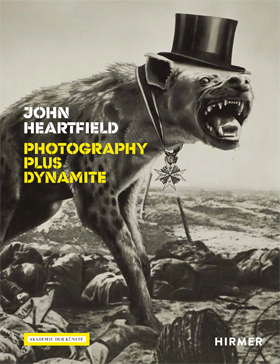
John Heartfield. Photography plus Dynamite
Angela Lammert, Rosa von der Schulenburg and Anna Schultz on behalf of the Akademie der Künste, Berlin (Eds.), Akademie der Künste, Berlin / Hirmer Verlag 2020 312 pages, 250 illustrations ISBN 978-3-7774-3443-8 (English edition) € 39,90
The political photomontages and collaged book covers of John Heartfield (1891–1968) have their origins in Berlin Dada. With gripping imagery and trenchant humour, the artist fought against war and Fascism, using works whose explosive power has lost none of its impact today. Like his animated films and theatre work, they are discussed in the context of his own and others' artworks, as well as the archive materials and images he collected. Supplemented by contemporary artists' statements.

John Heartfield. Das Berliner Adressbuch 1950–1968
Christine Fischer-Defoy and Michael Krejsa on behalf of the Akademie der Künste, Berlin (Eds.), Akademie der Künste, Berlin / Quintus-Verlag 2020
200 pages, 91 illustrations
ISBN 978-3947215-75-1 (German edition)
€ 18
John Heartfield – photomonteur, graphic artist and set designer – used this Berlin address book after he returned from exile in London and settled in the GDR. It is now kept in the archives of the Akademie der Künste. Many entries are accompanied by previously unpublished correspondence and photographs, offering profound commentary. Excerpts from the address book, pertaining to about 120 addressees, are enriched with biographical notes, anecdotes and quotes from letters.
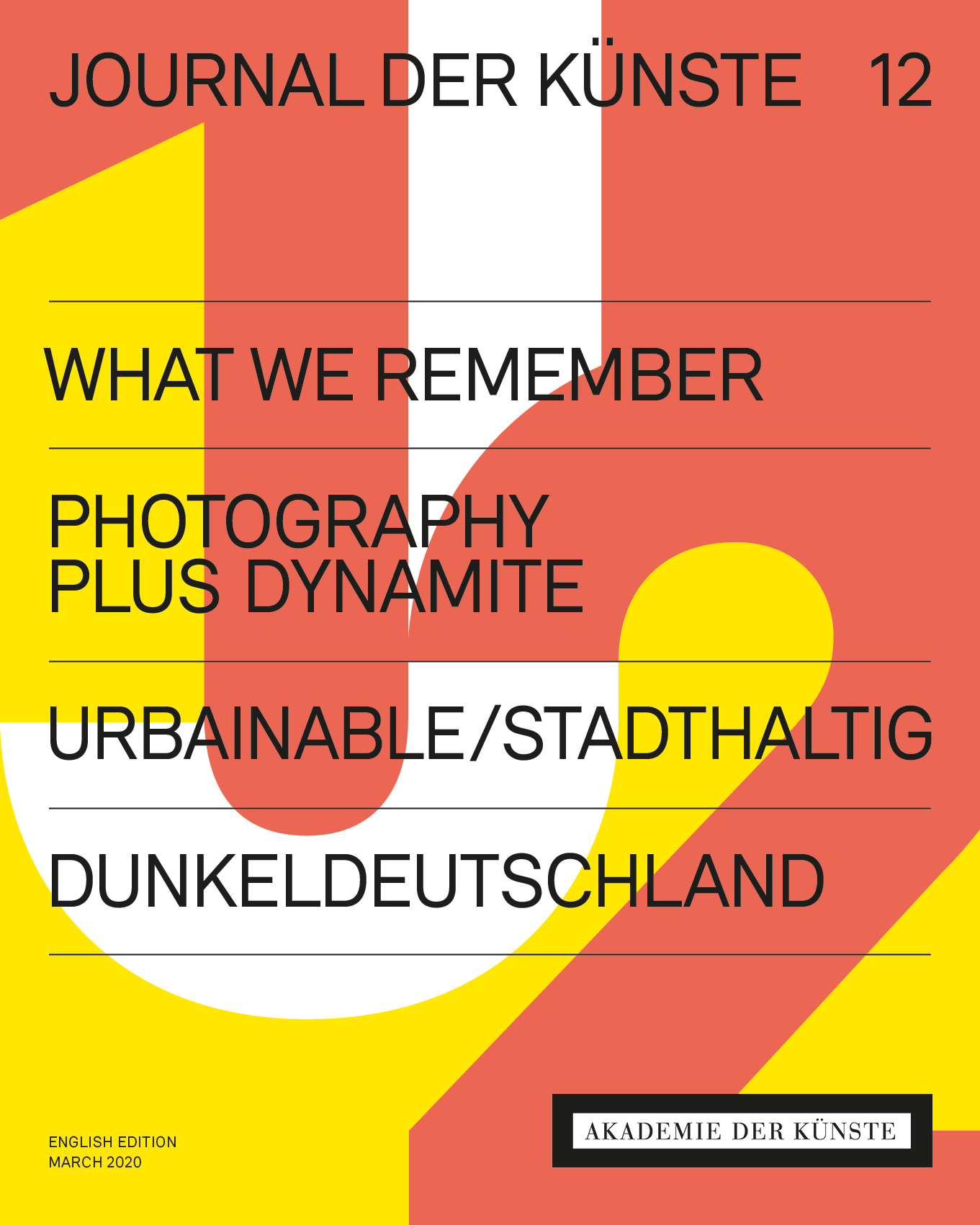
Journal der Künste 12
Published three times a year (German/English) available free of charge ISSN (Print EN) 2627-2490
Journal der Künste 12 with the following articles: Aleida Assmann on the importance of body memory; Enis Maci with Fackelmarsch mit Blob, oder: Wir und andere Phantome; Volker Braun, Klaus Wolfram and Katharina Warda on a society thirty years after the fall of the Wall; Tim Rieniets, Matthias Sauerbruch and Jörn Walter on the “Urbainable–stadthaltig” exhibition about the role of the city and its architecture in times of new challenges. News from the archives include articles on the exceptional artist Christoph Schlingensief, the exiled writer Hedda Zinner, the Akademie exhibitions 1786–1943 and much more.
To order the print edition: info@adk.de
Reading samples
- Tim Rieniets, Matthias Sauerbruch and Jörn Walter: urbainable/stadthaltig: How to Sustain the Freedom of the City in Times of Climate Crisis (PDF)
- Maria Gough: Brothers in Arms: The Making and Migration of Black and White Unity (PDF)
- Klaus Wolfram: What Was the East Germans' Political Energy, and How Did It End? (PDF)
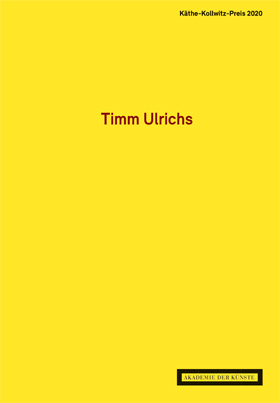
Timm Ulrichs
Käthe-Kollwitz-Preis 2020
Akademie der Künste, Berlin German, 48 pp., 44 ill. ISBN 978-3-88331-239-2 Ordner no. 9035 € 10
The conceptual art of Timm Ulrichs, which critically reflects the strategies of visual representation against the background of the “Linguistic Turn”, is the focus of Peter Weibel's essay. The media artist and theorist shows how Ulrichs – by demonstrating the enchantment of the mind through words and images – skilfully bridges the gap between innovation and creativity so that he always hits the mark artistically.

Markus Peter, Ulrike Tillmann
Hans Scharoun and the Development of Small Apartment Floor Plans
The Residential High-Rises Romeo and Julia, 1954–1959
Park Books AG, Zürich / In cooperation with the Akademie der Künste, Berlin 2020
English, 232 pp., 258 ill.
ISBN 978-3-03860-157-9
Order no. 2072-E
€ 58
The publication on the Hans Scharoun’s residential high-rises “Romeo” and “Julia” shed light on the discussions in residential housing research that Scharoun referenced in his work. His designs illustrate the expanding range of knowledge about residential floor-plans. In addition to comprehensive planning documentation, the book features contemporary photos by Georg Aerni highlighting the buildings’ expressive appearance.